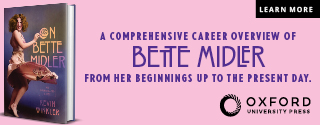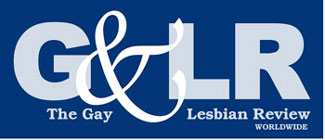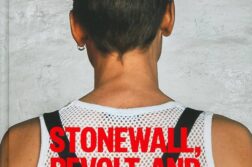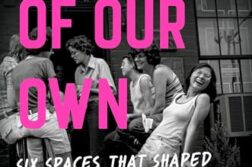Published in: September-October 2014 issue.
Survival vividly recounts the story of this involvement.SEAN STRUB is the stereotypical “boy from Iowa” who came East as a teenager, landing first in Washington, D.C., where he was an elevator operator at the U.S. Capitol, and then, a couple of years later, in New York City. By the late 1970s, he was an 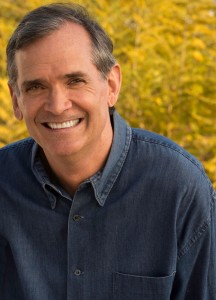 activist in the gay movement, and his involvement expanded with the advent of AIDS. In 1994 he founded POZ magazine. His new memoir Body Counts: A Memoir of Activism, Sex and
activist in the gay movement, and his involvement expanded with the advent of AIDS. In 1994 he founded POZ magazine. His new memoir Body Counts: A Memoir of Activism, Sex and
I sat down with Sean at a café in his old neighborhood near Columbus Circle in Manhattan to discuss his work and his life.
